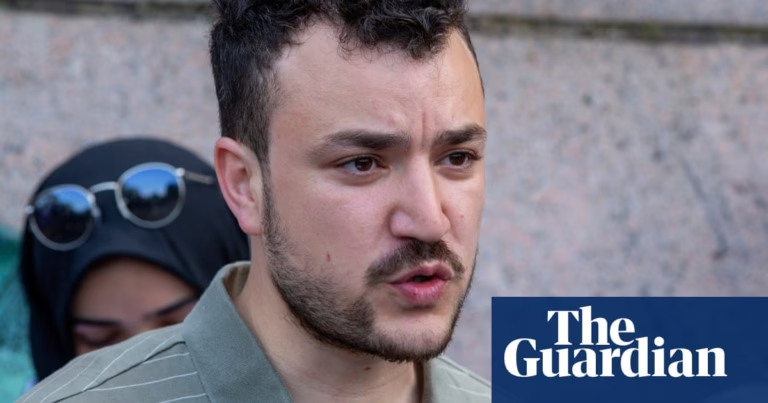Since Donald Trump took office in January, several federal programs and research institutions aimed at preventing gun violence, sexual violence, domestic terrorist attacks, and violent hate crimes have been either shut down or downsized. These cuts, according to advocates, will disrupt or even termination of critical research and will ultimately lead to an increase in violence of all forms.
William Braniff, the former director of the Center for Prevention Programs and Partnerships (CP3) at the Department of Homeland Security (DHS), stated that as a result of the cuts, there will be a rise in school and workplace violence, hate-fueled violence and terrorism, and attempts on the lives of political leaders. These cuts have compromised the security of the entire society.
Through CP3, Braniff and his staff were collaborating with local law enforcement, schools, and non-profit organizations to prevent threats and attacks aimed at specific groups and locations. However, on 3 March, 20% of Braniff’s staff was terminated during a round of “department of government efficiency” (Doge) cuts, and he resigned alongside them. Despite a judge’s order reinstating the staff members, they remain on administrative leave.
Additionally, violence prevention efforts have been reduced due to cuts at the Department of Health and Human Services (HHS) and the Centers for Disease Control and Prevention (CDC). The removal of a HHS webpage that emphasized gun violence as a public health crisis has also occurred.
James Mercy, the former director of the CDC’s division of violence prevention, believes this will have a significant impact on making communities safer from violence. He stated that this undermining of science reflects a belief that science is incapable of helping to understand and resolve these issues.
Mercy, who spent 41 years at the CDC, said that his work has generally had bipartisan support. While he encountered funding and staffing cuts before, they have been “nowhere near” the current level. Before these cuts, the group had been assessing which strategies are most effective in curtailing gun violence, but this work is now in jeopardy.
The cuts to the CDC’s violence prevention team and the cancelation of the Terrorism and Targeted Violence (T2V) program, which maintains a database of domestic terror attacks and the types of weapons used, have raised concerns. Gary LaFree, the co-principal investigator on T2V, believes that without this type of research, the federal government’s policies and counterterrorism efforts will rely on anecdotes and conjecture rather than updated data.
Policies will be based on “people’s hunches and guesses” rather than factual information. Furthermore, a DHS project that brought together school leadership, campus safety experts, and parents of children killed in school shootings to develop recommendations on how schools can respond to and prevent shootings has been discontinued. The federal school safety clearinghouse external advisory board was announced last July, but following Trump’s inauguration, DHS informed the group that the clearinghouse was being disbanded.
Michael Bennett, the superintendent at Greenville Central school district in New York, believes that federal cooperation is crucial in this regard. School officials gain an understanding of national data and trends, and agencies such as DHS receive input from individuals who have been injured and have lost children on how to respond to attacks. Despite the challenges, Bennett and others will continue to advocate for the importance of collaboration and data collection across state lines.
Source: https://www.theguardian.com/us-news/2025/apr/07/trump-gun-violence-federal-programs









